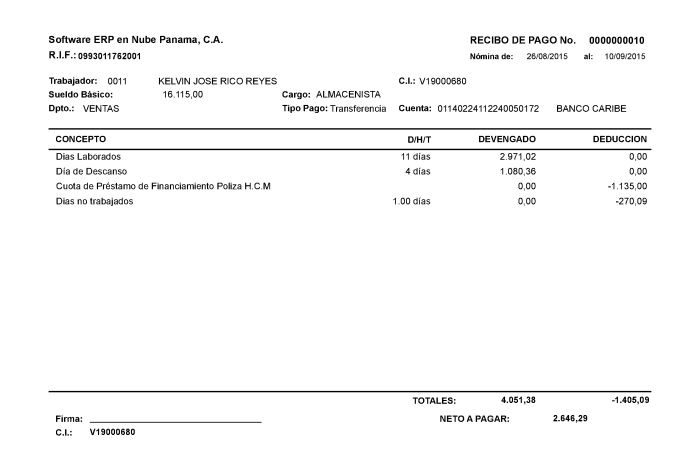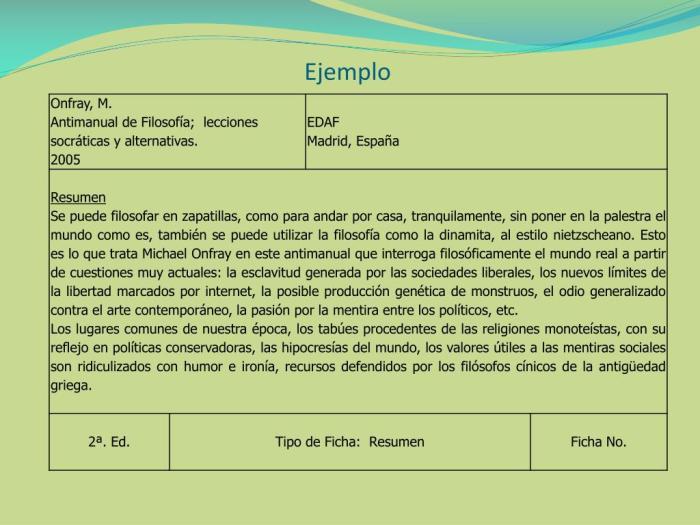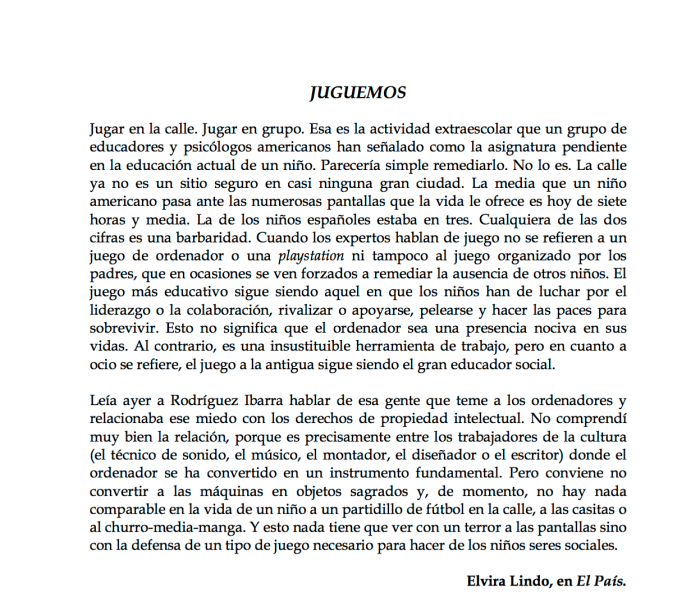Ejemplo de un sermón tópico – Embark on an enlightening journey into the realm of topic sermons, where we delve into the intricacies of this captivating preaching style. As we explore the concept of topic sermons, their significance, and the secrets of crafting compelling messages, you’ll gain invaluable insights into the art of delivering impactful sermons that resonate with your audience.
Throughout this guide, we’ll uncover the key elements of topic sermons, from selecting a relevant and engaging topic to organizing your sermon with clarity and precision. We’ll also delve into the art of developing supporting points, writing captivating introductions and conclusions, and delivering your sermon with confidence and effectiveness.
Topic Sermons
Topic sermons are a type of sermon that focuses on a specific topic or theme. They are different from expository sermons, which focus on a particular passage of Scripture, or narrative sermons, which tell a story. Topic sermons can be used to teach a particular doctrine, to address a current issue, or to simply explore a topic of interest.
There are many benefits to using topic sermons. First, they can be very effective at teaching a particular doctrine or concept. By focusing on a single topic, the preacher can develop a clear and concise message that is easy for the congregation to understand.
Second, topic sermons can be used to address current issues. This can be a great way to help the congregation to understand how the Bible applies to their lives.
Examples of Effective Topic Sermons
- A sermon on the importance of prayer
- A sermon on the nature of God
- A sermon on the role of the church in society
- A sermon on the importance of forgiveness
- A sermon on the hope of heaven
These are just a few examples of effective topic sermons. The possibilities are endless. By using topic sermons, preachers can effectively communicate the message of the Bible to their congregations.
Selecting a Topic

Selecting the right topic for your sermon is crucial. It sets the foundation for your message and determines its impact on your audience. When choosing a topic, consider these key elements:
- Relevance:The topic should be relevant to the needs and interests of your congregation.
- Significance:It should address an important issue or truth that will make a lasting impact.
- Clarity:The topic should be clearly defined and easy to understand, avoiding ambiguity or confusion.
Tips for Choosing a Relevant and Engaging Topic
- Observe the spiritual needs of your congregation through interactions, prayer, and observation.
- Study current events, societal trends, and biblical passages to identify relevant issues.
- Consider the time of year, special occasions, or upcoming events that may influence topic selection.
- Seek feedback from trusted individuals, such as elders, mentors, or fellow pastors, to gain diverse perspectives.
Narrowing Down a Broad Topic into a Specific One
Once you have a broad topic in mind, it’s essential to narrow it down to a specific one. This will help you focus your message and make it more impactful.
- Identify the core issue:Determine the specific problem or question that you want to address.
- Consider your audience:Tailor the topic to the understanding, interests, and needs of your congregation.
- Set clear boundaries:Define the scope of your topic to avoid getting sidetracked or overwhelming your audience.
Crafting a Thesis Statement: Ejemplo De Un Sermón Tópico

A thesis statement is the central argument or claim of your sermon. It should be clear, concise, and specific. The purpose of a thesis statement is to provide a roadmap for your sermon, guiding your listeners through your main points and supporting evidence.To
develop a strong thesis statement, start by identifying the main point you want to make. This should be a specific and debatable claim that you will support throughout your sermon. Once you have identified your main point, write it down in a clear and concise sentence.
Your thesis statement should be brief enough to be memorable, but it should also be specific enough to give your listeners a clear idea of what your sermon is about.
Organizing the Sermon

Topic sermons typically follow a three-part structure: introduction, body, and conclusion. The body, which contains the main points of the sermon, is organized using various methods.
Logical Flow, Ejemplo de un sermón tópico
The main points should flow logically from one to the next. This can be achieved by using transitions, such as “first,” “second,” “next,” or “finally.” The points can also be organized chronologically, topically, or by cause and effect.
Methods of Organization
Chronological:The points are arranged in the order in which they occurred. Topical:The points are grouped by topic, with each topic being discussed separately. Cause and Effect:The points are organized by the cause-and-effect relationship between them. Problem-Solution:The points are organized by the problem and its solution.
Comparison-Contrast:The points are organized by comparing and contrasting two or more things.
Ejemplo de un sermón tópico puede centrarse en la importancia de la honestidad, ilustrando el punto con el cuento clásico “La fiesta robada”. El recurso en línea the stolen party answers key proporciona una valiosa hoja de respuestas para comprender mejor la historia y sus enseñanzas.
Volviendo a nuestro sermón, la honestidad es un pilar de la integridad personal, guiándonos en nuestras interacciones y fortaleciendo nuestra relación con Dios.
Developing Supporting Points

Developing supporting points is crucial for building a solid and persuasive sermon. These points provide evidence and examples that reinforce the thesis statement and engage the audience.
Types of Supporting Points
- Scriptures:Passages from the Bible that directly or indirectly support the thesis.
- Historical Examples:Events or stories from the past that illustrate the truth of the thesis.
- Personal Experiences:Stories or anecdotes from the preacher’s own life that demonstrate the thesis.
- Logical Arguments:Reasoning and logic used to support the thesis and refute opposing views.
Gathering and Evaluating Evidence
To gather evidence, preachers should research the topic thoroughly, consult credible sources, and consider the audience’s perspective. Evidence should be relevant, accurate, and sufficient to support the thesis.
Using Illustrations, Stories, and Personal Experiences
Illustrations, stories, and personal experiences can make sermons more engaging and relatable. They help illustrate abstract concepts, provide emotional connections, and drive home the message.
When using personal experiences, preachers should ensure that they are relevant, appropriate, and serve to support the thesis rather than becoming the main focus of the sermon.
Writing the Introduction and Conclusion

The introduction and conclusion are crucial components of a topic sermon. They serve as the gateway and the exit, respectively, shaping the audience’s perception of the sermon.
Crafting a Captivating Introduction
The introduction sets the stage for the entire sermon. It should:
- Grab attention:Begin with a thought-provoking quote, an intriguing story, or a surprising statistic that resonates with the audience.
- State the topic:Clearly state the main idea of the sermon, piquing the audience’s curiosity and giving them a roadmap for the message to come.
- Establish credibility:Briefly mention your qualifications or personal experiences that give you authority to speak on the topic.
- Preview the main points:Give a brief overview of the key points that will be covered in the sermon, creating a sense of anticipation.
Elements of an Effective Conclusion
The conclusion serves as the culmination of the sermon. It should:
- Summarize the main points:Recap the key points discussed, reminding the audience of the sermon’s central message.
- Call to action:Challenge the audience to apply the principles presented in the sermon to their own lives, offering practical steps they can take.
li> Close with impact:End with a powerful statement or story that leaves a lasting impression and reinforces the sermon’s main theme.
Delivering the Sermon
Effective sermon delivery is crucial for captivating the audience and conveying the message effectively. It involves engaging techniques that keep listeners attentive and receptive.
Body Language
Body language communicates volumes. Maintain an open and approachable posture, with uncrossed arms and legs. Use gestures to emphasize points and connect with the audience on a physical level.
Vocal Variety
Vary your vocal tone, volume, and pace to maintain interest and emphasize important points. Use pauses strategically to allow for reflection and create a sense of anticipation.
Eye Contact
Make eye contact with your audience to establish a personal connection. Scan the room, engaging with different individuals, to ensure everyone feels included and involved.
Q&A
What is the key to selecting an effective topic for a topic sermon?
When selecting a topic, consider its relevance to your audience, its potential for engagement, and its alignment with your overall preaching goals.
How can I craft a strong thesis statement for my topic sermon?
A strong thesis statement should clearly articulate the main point of your sermon, be specific and focused, and provide a roadmap for your audience.
What are the essential elements of an effective introduction to a topic sermon?
A compelling introduction should grab your audience’s attention, establish the relevance of your topic, and provide a clear preview of the sermon’s main points.